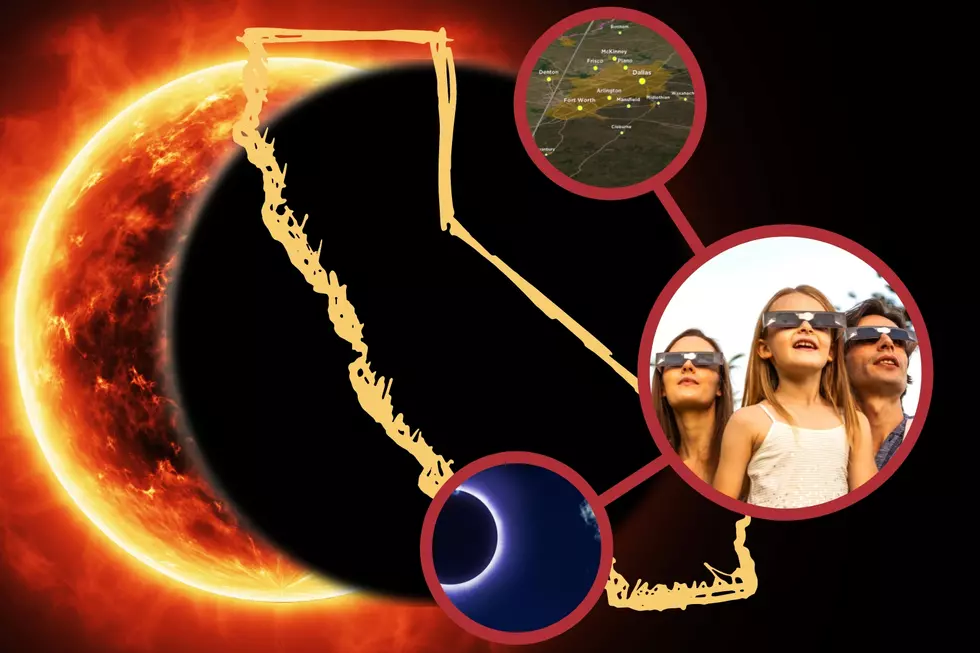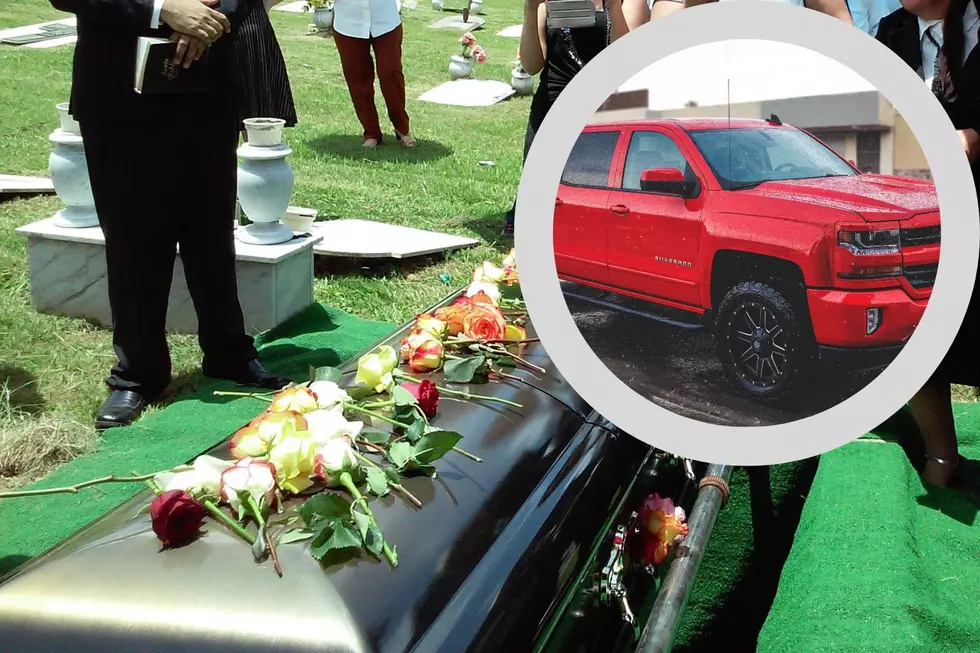
Longest Lunar Eclipse of the Century Visible from Idaho Tonight
I am a bit of a nerd when it comes to astronomy and the night sky. Although just a little hobby now, in Arizona I took Astronomy college courses and eventually wanted to work for NASA. Radio stepped into the picture and astronomy took a back seat. Idaho is a great state to check out the stars, moon and night sky. Love Exploring put together a list of the best star gazing spots in the United States. Idaho and our surrounding states hit the mark quite a few times for star gazing.
For Idaho, ironically, Craters of the Moon National Monument and Preserve in won for best spot in the gem because very little light pollution making it an impeccable and sought after night sky viewing spot. Early tomorrow morning you don't have to go all the way to Craters of the Moon to see the moon put on a show.
The longest lunar eclipse this century, some are even saying the longest in 600 years will happen starting just after midnight tonight and peak around 2 or 3 Friday morning. Lunar eclipses aren't visible for everyone because you have to be in place where the moon is above the horizon at the right time. For this lunar event, North America, Canada and Mexico are the tip visible spots.
NASA is predicting the full eclipse will last 3 hours and 28 minutes. While at it's peak up to 97% of the moon will look red as Earth passes between the sun and moon, casting a shadow. The eclipse will peak just after 4 a.m. Eastern Time, or 2 a.m. Mountain time here in Idaho. You won't need a telescope or binoculars, just go outside and look up at the sky any time between 12:19 a.m. and 3:47 a.m Idaho time tomorrow morning.
Unfortunately for those of us in the Boise area currently the hourly weather is looking pretty clouded in and possibly even some rain at the time of the eclipse. Figers crossed that we get a break in the clouds to see the lunar event. Those in clear sky areas are going to get quite a show.
15 Wacky Winter Weather Facts To Help You Survive the Season in Boise
LOOK: The most expensive weather and climate disasters in recent decades
More From Kool 96.5








![Awesome! One of the Oldest Ever Log Cabins in Idaho [Photos]](http://townsquare.media/site/657/files/2022/11/attachment-screenshot-2022-11-17-at-12-09-31-pm.jpeg?w=980&q=75)
